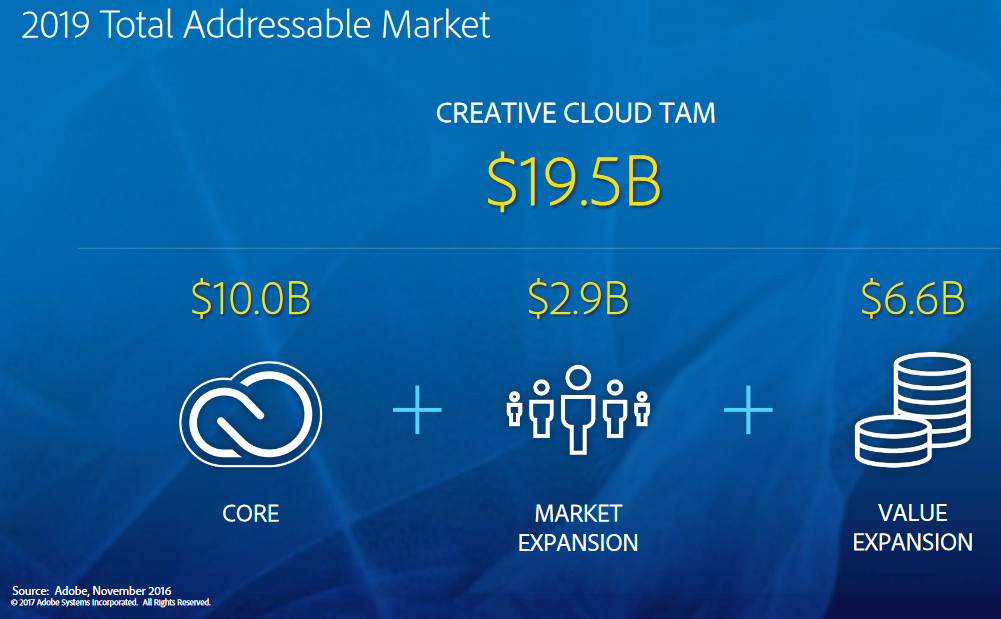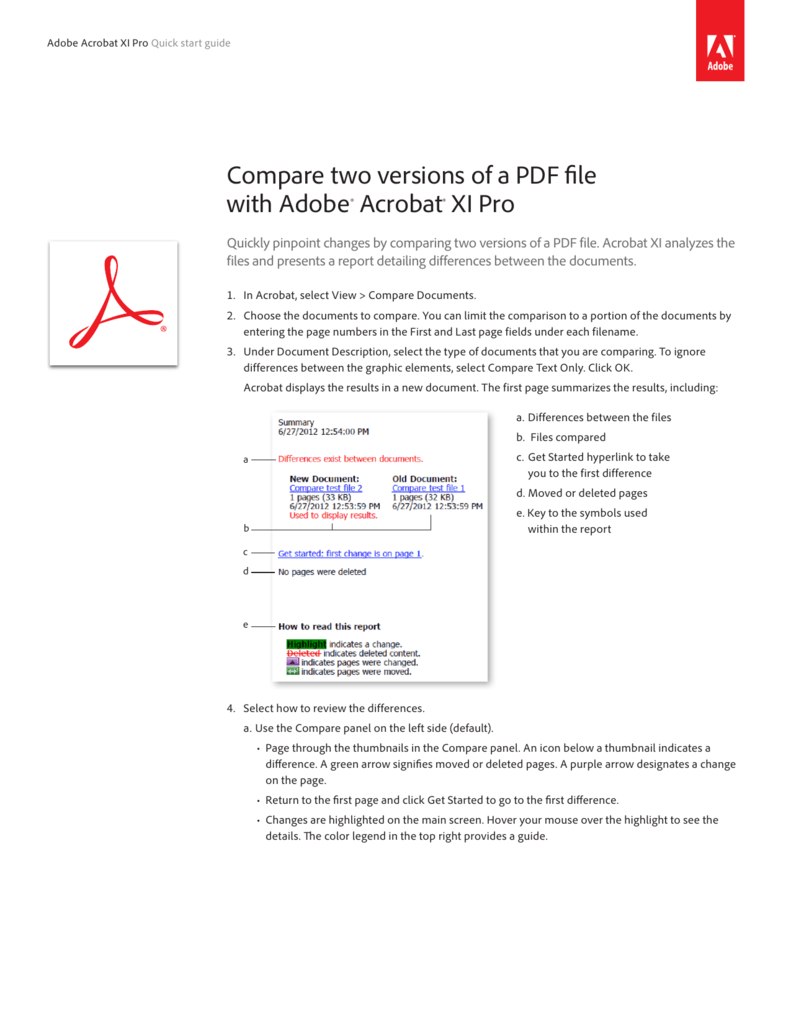

Scan paper to editable PDFs with fonts matching the original

Open multiple PDFs in a single window with tabbed viewingĬreate PDFs and export to Word, Excel, or PowerPointĬompare two versions of a PDF to review all differences Modern user interface, with choice of light or dark theme

Work with Acrobat on the desktop (Windows/macOS) Please see this page for all changes to the Acrobat product line since Acrobat XI, or scroll further down this page for a detailed version-by-version comparison… Compare Acrobat Subscription vs. This list is not complete, but these are many of the important highlights. Below are some of the key changes to the Acrobat DC 2019 release compared to Acrobat 2017. But just like with the Creative Cloud, all three of these myths are false.Īnd now back to the facts. One of the most frequent upgrade questions we get is what’s different between the latest release of Acrobat and previous versions? What are the major new features and improvements in the current 2019 Release of Acrobat DC (Pro or Standard) versus Acrobat 2017, or even Acrobat XI from 2012, which is past ‘end-of-life’? For over 30 million Acrobat customers worldwide, it’s important to understand the differences…įirst, just to clear up three very common misconceptions about Acrobat DC (and Reader DC) for Windows and Mac: Some folks believe that the programs only run online in the cloud (rather than on your desktop), can only work when your computer is connected to the Internet, or that users are required to store their PDF files online in the secure Document Cloud. The most recent Classic release was Acrobat 2017, which costs US$300-450 to purchase upfront. The latest Continuous release is Acrobat DC 2022, which runs US$13-15/month for an annual subscription (either Standard or Pro). It’s called “Continuous” because subscribers receive all ongoing product upgrades as soon as they are available, ensuring you are always running the latest-and-greatest software with the complete featureset. While the desktop Acrobat Pro/Standard product is still sold standalone with a perpetual – or “Classic” – license, most of the newest capabilities and services are only available via the Acrobat DC subscription – or “Continuous” – bundle. But now, almost four years later with several major releases plus fully-integrated mobile apps for PDF management, document scanning, and electronic signatures, the Document Cloud has arrived and most of us wonder how we ever got along without the workflow productivity it brings.

When the new Acrobat “DC” generation first arrived in 2015, people weren’t quite sure what to make of it. Adobe Acrobat has undergone a tremendous evolution in recent years.


 0 kommentar(er)
0 kommentar(er)
